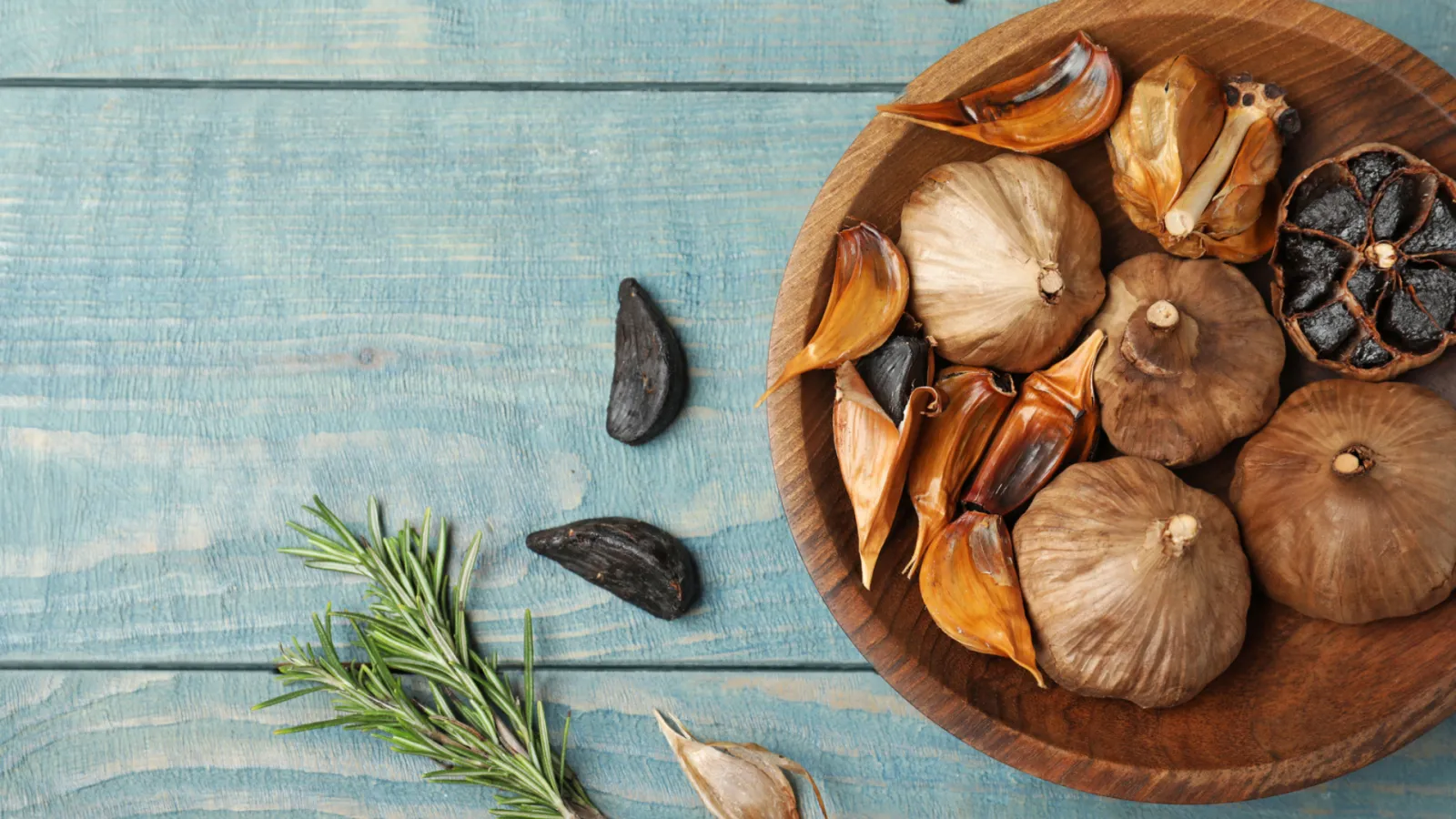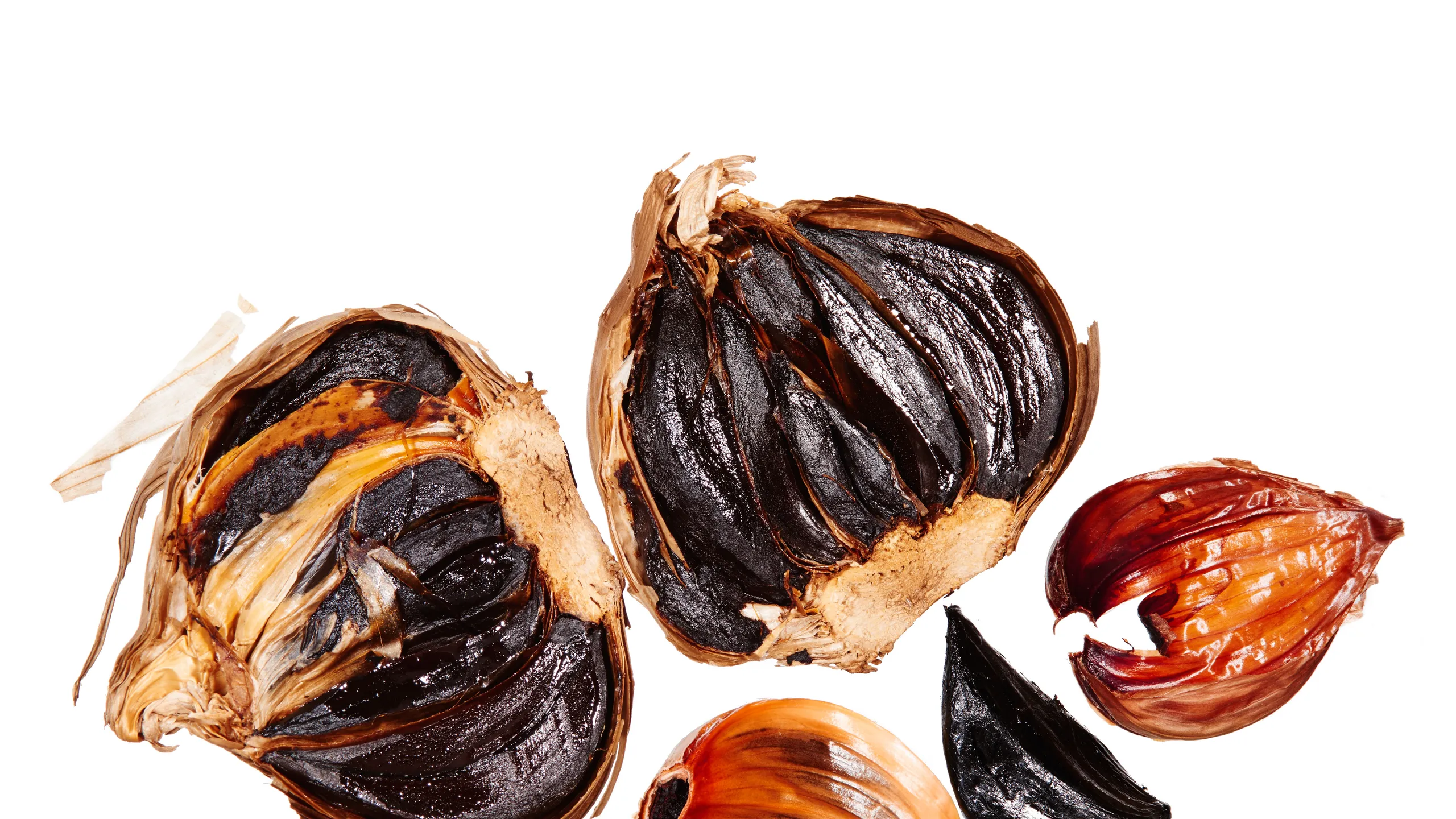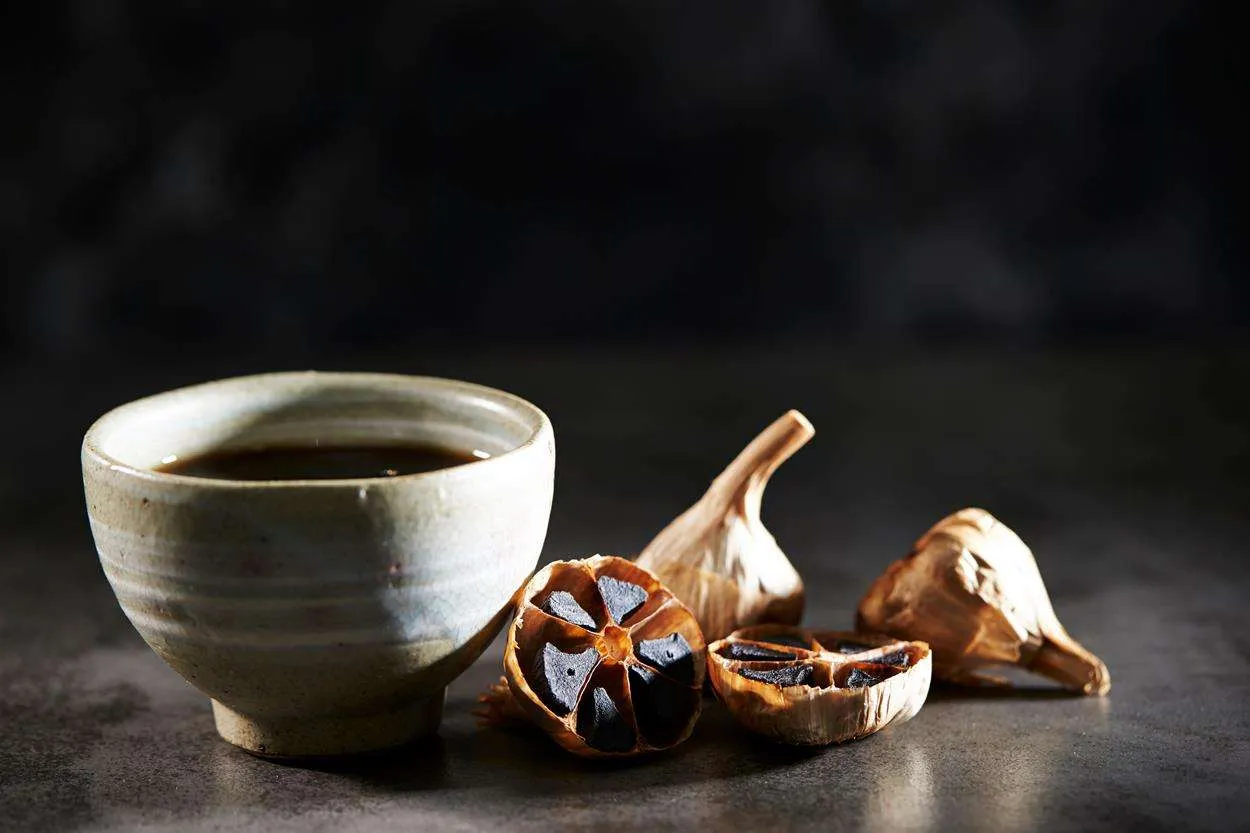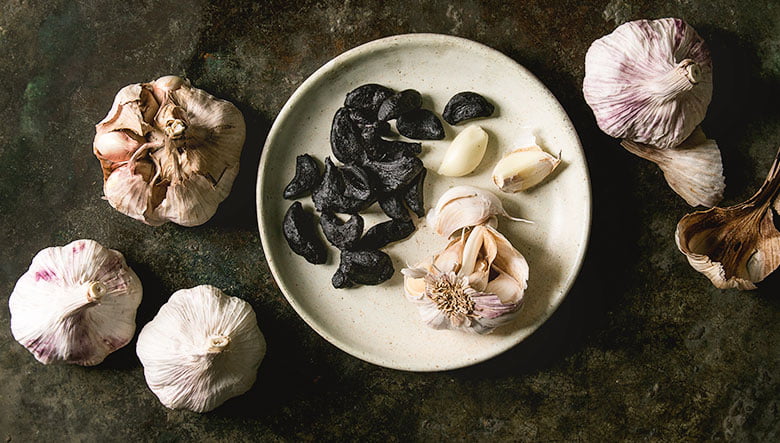Black Garlic
Blog posts about black garlic.

The Cultural Journey of Black Garlic: Adoption and Adaptation in Western Cuisine
Black garlic has become a buzzword in the culinary world, revered by both top-tier chefs and adventurous home cooks. Characterized by its soft texture, deep color, and sweet-savory punch, black garlic might seem like a modern invention—yet it has a rich cultural legacy that stretches back centuries. Below, we trace black garlic’s journey from its East Asian origins to its growing influence in Western kitchens, examining the cultural forces that propelled it from a little-known ingredient to a global gourmet staple.

Black Garlic’s Role in Traditional Asian Medicine: History vs. Hype
From brightly lit grocery aisles to modern health and wellness blogs, black garlic has gained considerable global attention in recent years—often accompanied by claims of remarkable health benefits. Yet well before black garlic captured the Western palate, it had a storied history in parts of East Asia, where it was sometimes used for medicinal or therapeutic purposes. In this post, we’ll delve into black garlic’s traditional roots, discuss how it was perceived in various Asian medical practices, and weigh those historical beliefs against the current “hype” supported by modern research.

Terroir and Garlic: How the Origin of Raw Garlic Influences the Final Black Garlic
When we talk about wine, coffee, or cheese, we often hear about “terroir”—the unique combination of soil, climate, and local conditions that shapes a product’s taste and character. But garlic, especially in its aged form known as black garlic, also reflects the place it comes from in surprising ways. While the controlled aging process transforms raw garlic into something sweet and mellow, the foundation for flavor and nutritional content is built long before the garlic enters the aging chamber. Below, we’ll explore how terroir influences garlic, and ultimately, how it impacts the taste, texture, and quality of the final black garlic.

Potential Prebiotic Effects: Black Garlic and the Gut Microbiome Revisited
Black garlic has garnered plenty of attention for its sweet, caramel-like flavor and possible antioxidant benefits, but there’s another area of growing interest: its potential impact on gut health. Scientists and nutrition enthusiasts alike are increasingly examining whether black garlic could act as a prebiotic, supporting the beneficial microbes in our digestive tract. In this post, we’ll take a closer look at the emerging research, explore how black garlic might influence the gut microbiome, and discuss what still needs to be understood about this intriguing connection.

The Science of Umami: Why Black Garlic Delivers Such Savory Depth
From the distinct richness of a perfectly seared steak to the comfort of a hearty mushroom soup, umami has long been recognized as the elusive “fifth taste”—complementing sweet, sour, salty, and bitter. Although the term “umami” originates from Japanese cuisine, the concept of savoriness it describes is universal, weaving through dishes worldwide. One modern-day culinary star that exemplifies umami’s allure is black garlic. In this post, we’ll dive into what makes black garlic such an umami powerhouse and the fascinating science that underpins its savory depth.

Comparing Different Methods of Black Garlic Production: Temperature, Humidity, and Time
Black garlic isn’t just a fad ingredient—it’s a testament to what patience and precise conditions can do for a humble bulb of garlic. Traditionally rooted in East Asian cuisine, black garlic has found its way onto global plates, thanks to its sweet, umami-rich taste and velvety texture. But how exactly does garlic become “black,” and why do some batches taste different from others? Below, we explore the key production variables—temperature, humidity, and time—and compare different methods of making black garlic.
Categories
- Black Garlic 59
- Butter 19
- News 63
- Recipes 48
Canoka Products
Discover our premium black garlic products, naturally fermented for exceptional flavor and health benefits.
View Our Products